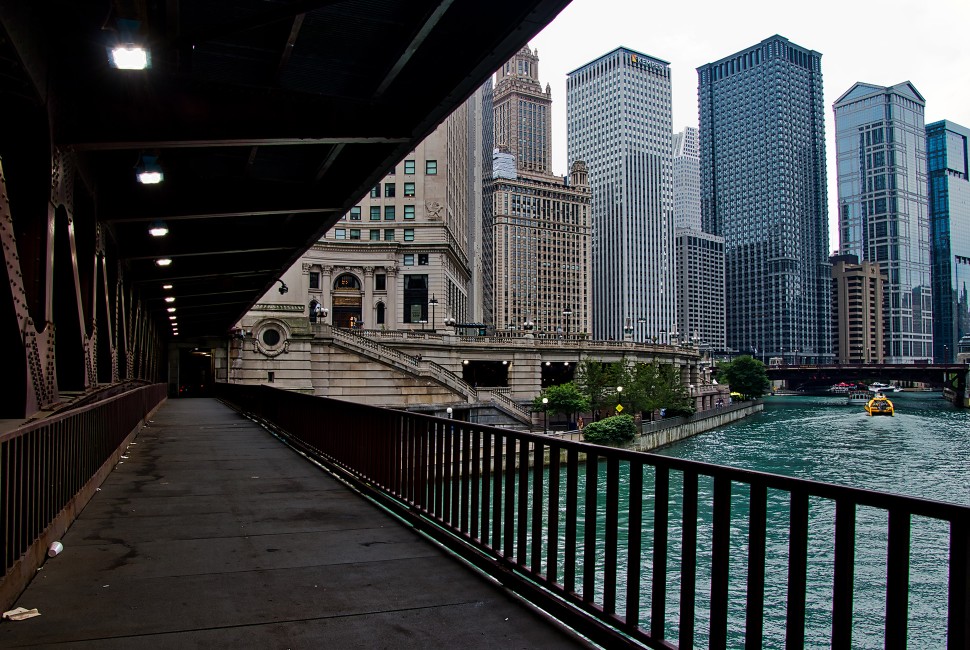There is a “silent hazard” lurking underneath our major global cities, and our buildings were not designed to handle it.
A new Northwestern University study has, for the first time, linked underground climate change to the shifting ground beneath urban areas. As the ground heats up, it also deforms. This phenomenon causes building foundations and the surrounding ground to move excessively (due to expansions and contractions) and even crack, which ultimately affects structures’ long-term operational performance and durability. Researchers also report that past building damage may have been caused by such rising temperatures and expect these issues to continue for years to come.
Although rising temperatures do pose a threat to our infrastructure, the researchers also view it as a potential opportunity. By capturing the waste heat emitted underground from subterranean transportation systems, parking garages and basement facilities, urban planners could mitigate the effects of underground climate change as well as reuse the heat into an untapped thermal energy resource.
You don’t need to live in Venice to live in a city that is sinking.”
The study was published July 11 in Communications Engineering, a Nature Portfolio journal. It marks the first study to quantify ground deformations caused by subsurface heat islands and their effect on civil infrastructure.
“Underground climate change is a silent hazard,” said Northwestern’s Alessandro Rotta Loria, who led the study. “The ground is deforming as a result of temperature variations, and no existing civil structure or infrastructure is designed to withstand these variations. Although this phenomenon is not dangerous for people’s safety necessarily, it will affect the normal day-to-day operations of foundation systems and civil infrastructure at large.”
Rotta Loria is an assistant professor of civil and environmental engineering at Northwestern’s McCormick School of Engineering.
“Chicago clay can contract when heated, like many other fine-grained soils,” he said. “As a result of temperature increases underground, many foundations downtown are undergoing unwanted settlement, slowly but continuously. In other words, you don’t need to live in Venice to live in a city that is sinking — even if the causes for such phenomena are completely different.”
What is underground climate change?
In many urban areas around the globe, heat continuously diffuses from buildings and underground transportation, causing the ground to warm at an alarming rate. Previous researchers have found that the shallow subsurface beneath cities warms by 0.1 to 2.5 degrees Celsius per decade.
Known as “underground climate change” or “subsurface heat islands,” this phenomenon has been known to cause ecological issues (such as contaminated ground water) and health issues (including asthma and heatstroke). But, until now, the effect of underground climate change on civil infrastructure has remained unstudied and little understood.
“If you think about basements, parking garages, tunnels and trains, all of these facilities continuously emit heat,” Rotta Loria said. “In general, cities are warmer than rural areas because construction materials periodically trap heat derived from human activity and solar radiation and then release it into the atmosphere. That process has been studied for decades. Now, we are looking at its subsurface counterpart, which is mostly driven by anthropogenic activity.”


